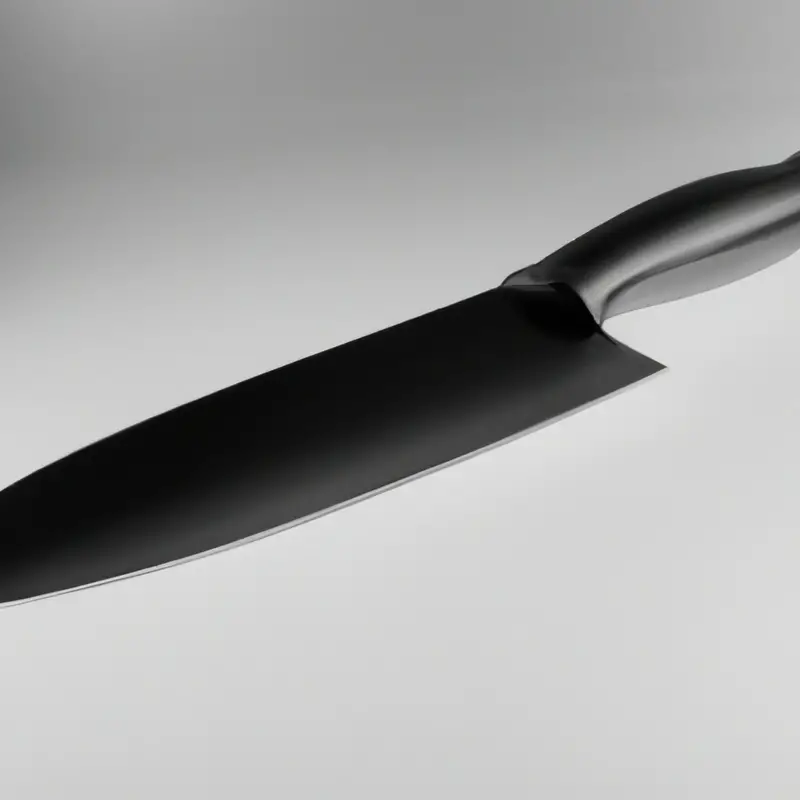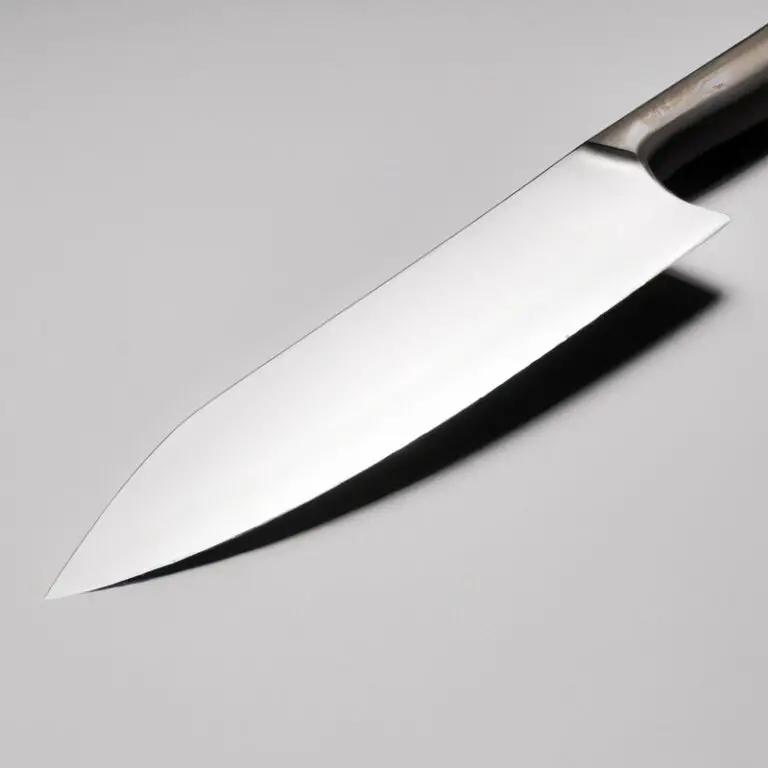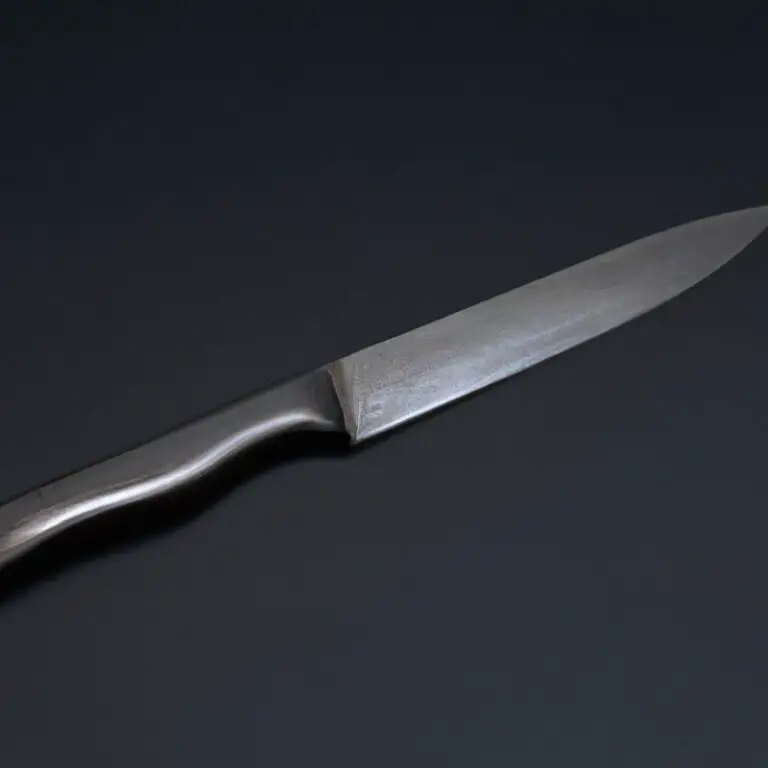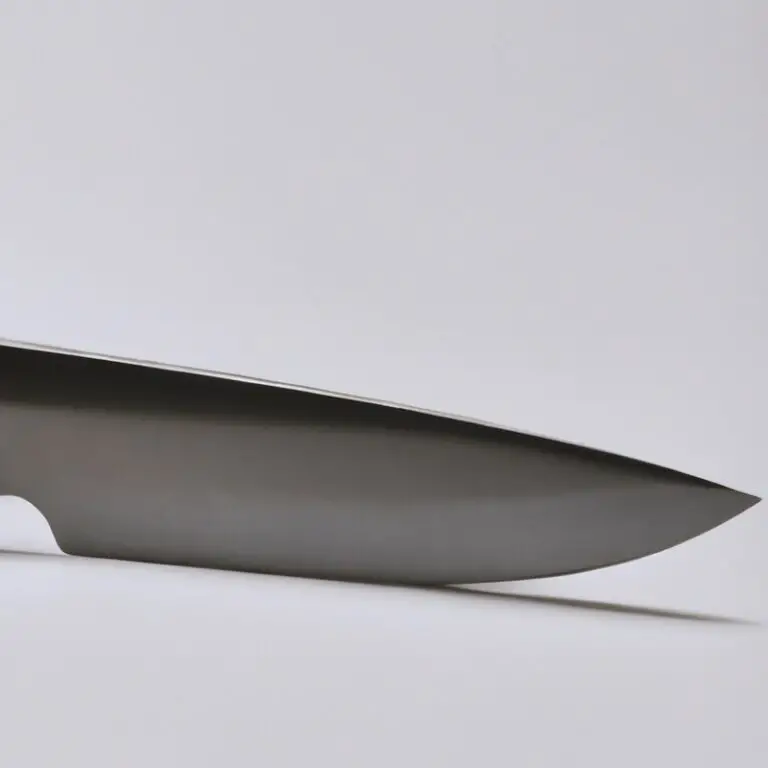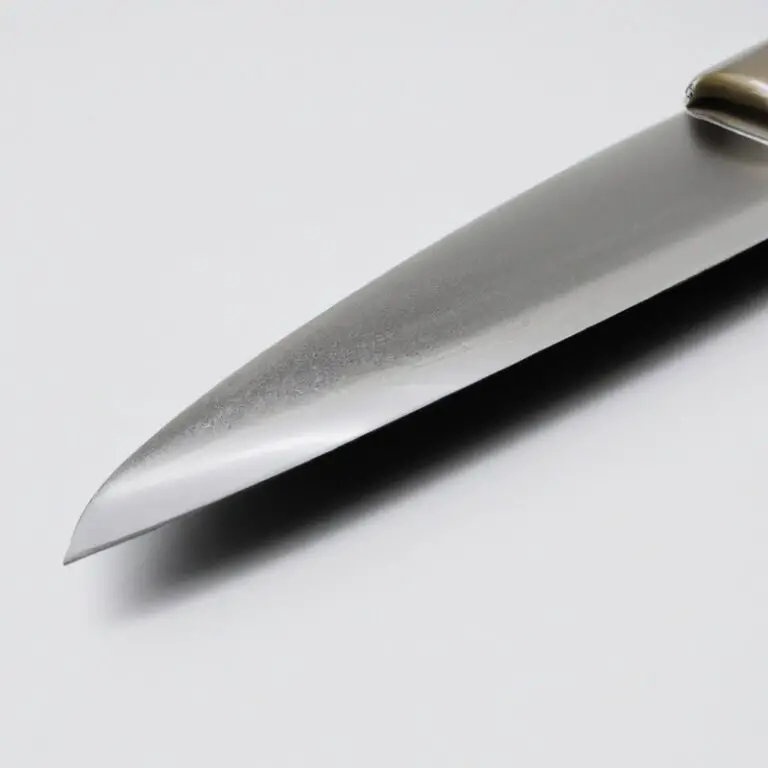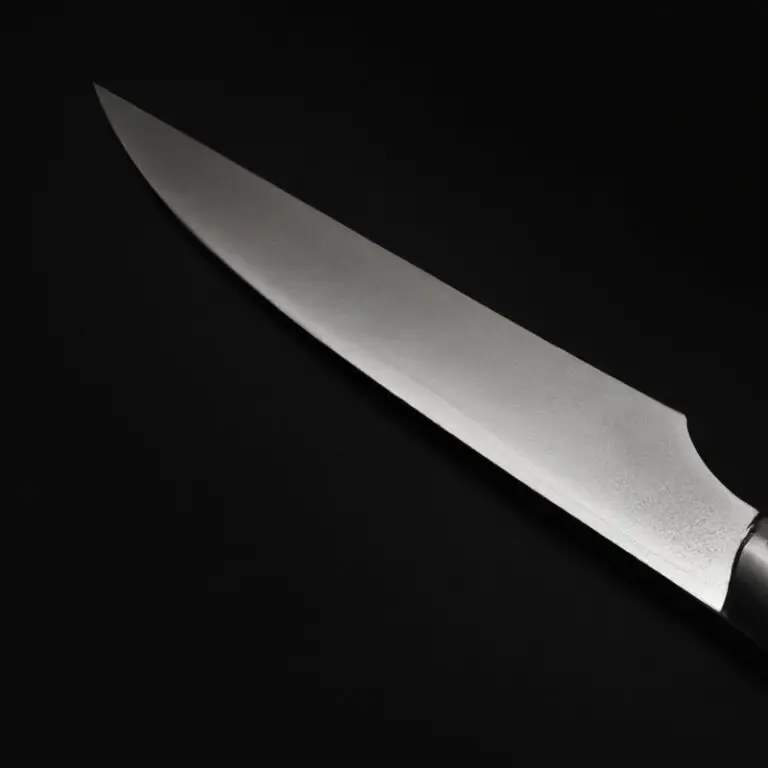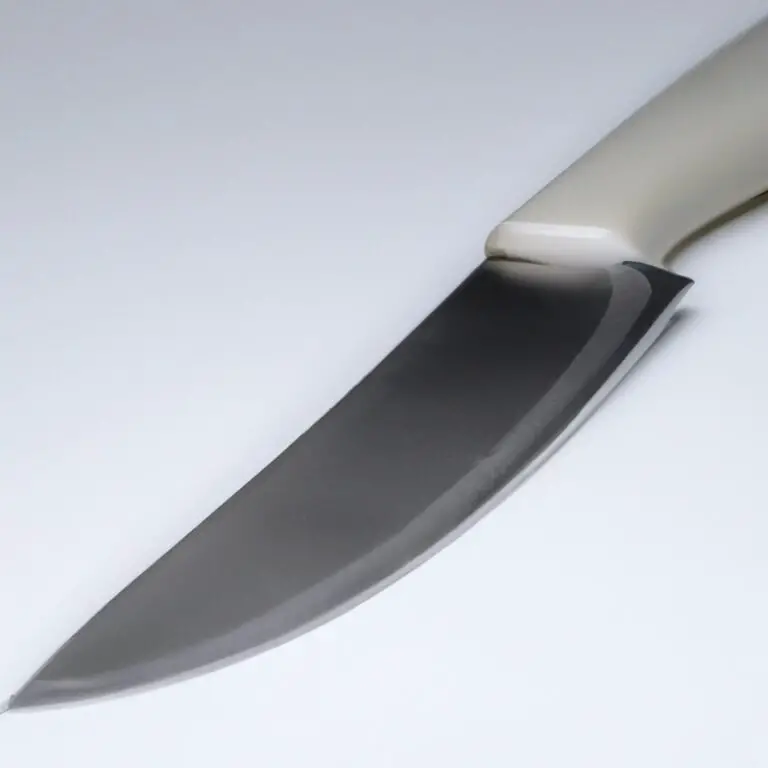How To Julienne Potatoes With a Santoku Knife? Easy!
Key Takeaways:
- Julienne potatoes with a Santoku knife by first slicing them into thin planks, then cutting into matchsticks.
- The Santoku knife’s sharp edge and lightweight design make it a perfect tool for precision cuts like julienning.
- To maintain consistency in cut size, aim for uniform thickness when slicing and keep the blade angle consistent.
- Practice safety measures when handling the knife, including using a cutting board and keeping fingers away from the blade.
Are you a potato lover, but tired of traditional potato dishes? Try julienning your potatoes with a Santoku knife! Not only does it add a touch of elegance to your meals, but it also allows for quicker cooking times and more even cooking throughout.
But how do you julienne potatoes with a Santoku knife?
In this article, I’ll be sharing my expertise on the basics, including the proper technique for holding the knife, selecting the right knife for the job, and maintaining its sharpness. Plus, I’ll reveal tips and tricks for creating unique shapes and styles for your julienne potatoes and using them in delicious dishes such as fries, salads, and stir-fries.
So, let’s get started!
| Steps | Description |
|---|---|
| Step 1 | Wash and peel the potato. |
| Step 2 | Cut off the ends of the potato to create a flat surface. |
| Step 3 | Stand the potato upright and carefully cut it in half lengthwise. |
| Step 4 | Lay each half flat on the cutting board and slice lengthwise into thin planks. |
| Step 5 | Stack the planks and carefully cut them lengthwise into thin, matchstick-like strips. |
Understanding the basics of julienning potatoes with a Santoku knife
Julienning potatoes with a Santoku knife involves cutting them into thin, uniform matchsticks. To begin, wash and peel your potatoes.
Then, slice off both ends to create a flat surface, making it easier to stabilize the potato while julienning.
Choose a sharp Santoku knife with a blade length of at least 7 inches for efficiency and precision. Hold the knife at a comfortable angle and make vertical cuts through the potato, creating slices of your desired thickness.
Stack the slices and cut them into matchsticks with a width of approximately 1/8-inch.
Remember to keep your fingers tucked away from the blade and watch your fingertips while cutting. Use your julienne potatoes in a variety of dishes, and experiment with different cutting angles and styles for unique shapes.
Preparing the potatoes for julienning
Before julienning potatoes with a Santoku knife, it’s important to properly prepare them. Start by selecting firm and fresh potatoes without any green spots or bruises.
Scrub them well and peel them if desired.
Next, carefully slice off a thin strip from one side of the potato to create a flat surface. This will help stabilize the potato and prevent it from rolling around while you slice it into julienne strips.
Then, slice off another thin strip from the opposite side of the potato to create a rectangle-shaped block.
Use a sharp Santoku knife to slice the potato into long, thin strips, approximately 1/8 inch in thickness. As you slice, try to maintain a consistent thickness and size for all of the julienne strips.
This will help ensure even cooking and a uniform appearance in your final dish.
Once you’ve finished julienning the potatoes, make sure to rinse them under cold water to remove any excess starch. Pat them dry with a clean towel before using them in your recipe.
Properly preparing your potatoes will not only make the julienning process easier, but it will also improve the overall quality of your dish.
Choosing the right Santoku knife for julienning
When it comes to choosing the right Santoku knife for julienning potatoes, there are a few factors to consider. The blade should be sharp and thin to create even and precise cuts.
A Santoku knife with a narrow blade can also help to control the thickness of the julienne cuts.
Additionally, it’s essential to choose a Santoku knife with a comfortable handle as you will be using it for an extended period. A good grip can help in avoiding unnecessary injuries.
Lastly, consider the size of the Santoku knife.
A small knife may be more precise, while a larger knife can handle bigger potatoes and make julienning more efficient. Remember to choose a Santoku knife that you feel comfortable working with, and one that is of high quality.
A high-quality Santoku knife will save you money in the long run and last longer.
Maintaining the sharpness of your Santoku knife for efficient julienning
To maintain the sharpness of your Santoku knife, it is essential to keep it clean, dry, and protected. Avoid cutting on hard surfaces like glass, ceramic, or metal, as this can dull the blade quickly.
Use a honing rod or sharpening stone regularly to maintain the blade’s sharp edge and prevent it from becoming blunt.
Remember to wipe the blade after every use and store it in a sheath or knife block to avoid damage. A sharp Santoku knife will make julienning potatoes more comfortable, quicker, and ensure clean, precise cuts.
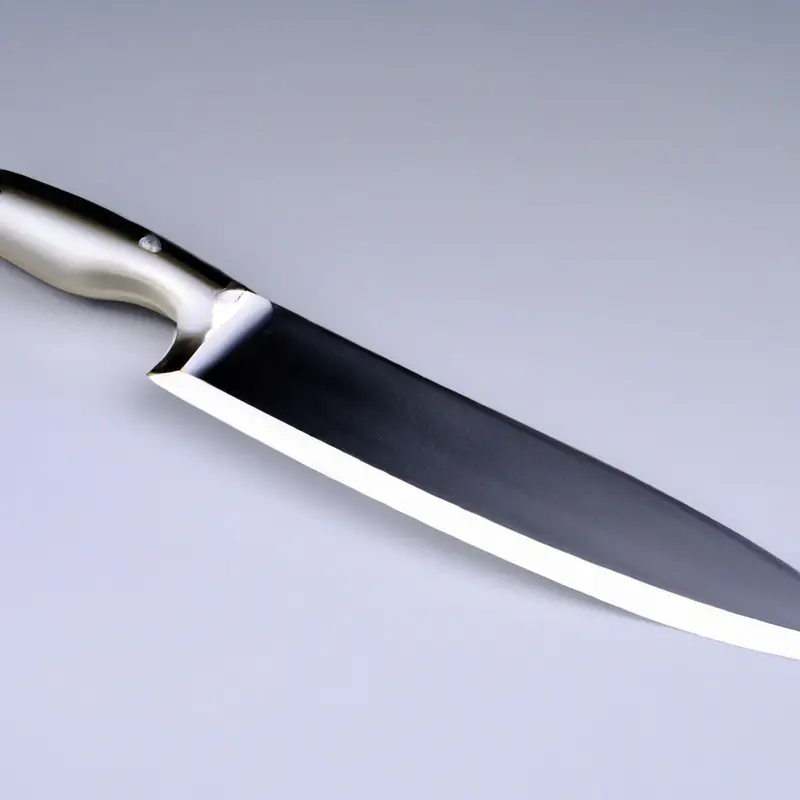
The proper technique for holding the Santoku knife while julienning potatoes
To properly julienne potatoes with a Santoku knife, it is important to hold the knife correctly. Place your index finger and thumb on the blade’s base, and wrap your remaining fingers around the knife handle.
This grip provides stability and control, enabling you to make precise cuts.
Keep the blade at a slight angle, and use a forward motion to slice through the potato. Repeat until you have achieved the desired size.
Remember to keep your fingers curled under, away from the knife’s path, to prevent accidents.
With practice, you will develop a comfortable and efficient technique for julienning potatoes with a Santoku knife.
The ideal size and shape of julienne potatoes for different dishes
The ideal size and shape of julienne potatoes vary depending on the dish you intend to make. For crispy fries, it’s best to julienne the potatoes into thin, even matchsticks measuring around 1/4 inch in thickness.
A thicker julienne cut, around 1/2 inch, is suitable for potato salads or as a garnish for soups.
For stir-fries, you may want to try a slightly wider cut, around 1/8 to 1/4 inch, for a more substantial bite. Remember to aim for uniformity in your julienne cuts, as this ensures even cooking time and a consistent texture in your dishes.
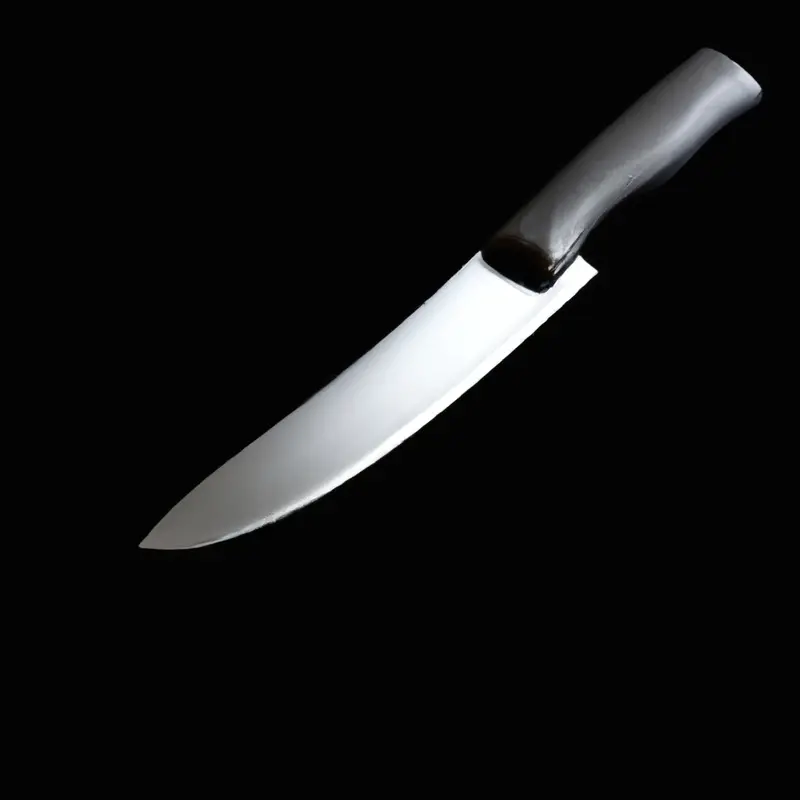
Tips for avoiding injuries while julienning potatoes with a Santoku knife
Tips for avoiding injuries while julienning potatoes with a Santoku knife:
- Always keep your fingers curled inwards and away from the blade, using your knuckles to guide the knife and protecting your fingertips.
- Ensure that your cutting surface is stable and non-slip to avoid the knife slipping and causing injury.
- Ensure that your Santoku knife is sharp, as dull knives require more force and are more likely to slip or cause accidents.
- Take breaks when necessary and avoid rushing through the julienning process to maintain focus and reduce the risk of injury.
- Always cut away from yourself and use a rocking motion when cutting to minimize the risk of losing control of the knife and causing injuries.
- Store your Santoku knife safely, either in a protective sheath or a designated knife block, to prevent accidents from occurring when reaching for your knife.
By following these tips, you can safely julienne potatoes with a Santoku knife, avoiding injuries and preparing delicious dishes with confidence.
Experimenting with different cutting angles and styles for unique julienne potato shapes
Experimenting with different cutting angles and styles can yield unique julienne potato shapes. Changing the angle at which the potato is cut can create a different shape and texture.
For example, a diagonal cut will result in a longer julienne, while a straight vertical cut will produce a shorter, thicker julienne.
Varying the thickness of the julienne will also affect the texture and cook time. Using different cutting styles can also result in unique shapes, such as a waffle cut or lattice cut.
These styles may require a specialized kitchen tool, such as a mandoline or crinkle-cut knife.
Experimenting with different cutting angles and styles can elevate the appearance and texture of your julienne potatoes. It can also add a fun and creative element to your cooking.
However, it is essential to practice caution and have proper knife skills to avoid injury.
Using your julienne potatoes in delicious dishes such as fries, salads, and stir-fries
Julienne potatoes are a versatile ingredient that can be used in a variety of dishes. Here are some delicious ways to use them:
- Fries: Crispy, golden julienne fries are the perfect side dish for burgers or sandwiches. Simply fry them in hot oil until golden brown and sprinkle with salt and pepper.
- Salads: Add some crunch to your salads with julienne potatoes. Mix them with other vegetables, such as carrots and cucumbers, and dress with your favorite vinaigrette.
- Stir-fries: Julienne potatoes cook quickly and are perfect for stir-fries. Stir-fry them with your favorite vegetables and protein and season with soy sauce or other seasonings.
Remember to choose the right size and shape of julienne potatoes for each dish and experiment with different cutting angles and styles. With these tips in mind, you’ll be able to create delicious dishes with your julienne potatoes.
Expert advice on selecting and handling different types of potatoes for julienning
When preparing to julienne potatoes with a Santoku knife, selecting the right type of potato is crucial. Waxy potatoes such as red potatoes hold their shape when cooked, making them ideal for salads and dishes that require a firmer texture.
Meanwhile, starchy potatoes such as Russet potatoes break down more quickly and are better suited for dishes like fries and mashed potatoes.
To julienne potatoes, it is best to choose similarly-sized potatoes to ensure even cooking and cutting. When handling the potatoes, wash them thoroughly and dry them completely to prevent slipping during cutting.
If you are using older potatoes, be sure to remove any sprouts or green areas, as these can be toxic.
When it comes to cutting, it is important to maintain a consistent thickness for the julienne strips. Too thin, and they can become mushy when cooked.
Too thick, and they will not cook evenly.
Aim for strips that are around 1/8 inch wide. In summary, selecting the right type of potato, washing and drying them thoroughly, and cutting them to a consistent thickness are essential for successful julienning.
Keep these tips in mind to ensure your julienne potatoes are a hit in your dishes.
Final Verdict
Mastering the art of julienning potatoes with a Santoku knife is a skill that requires practice, precision, and patience. By following the steps outlined in this guide and incorporating the tips and techniques discussed, you can elevate your culinary game and create stunning dishes that impress your guests.
Remember to choose the right knife, maintain its sharpness, practice safe cutting techniques, and experiment with different styles and shapes for added variety.
With these insights in mind, you can confidently julienne potatoes like a pro and take your cooking to the next level. Trust in your abilities, and happy cooking!

